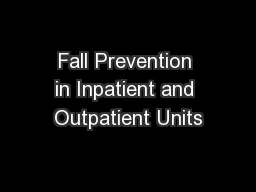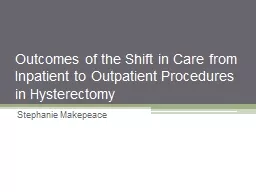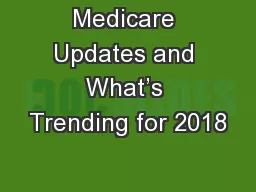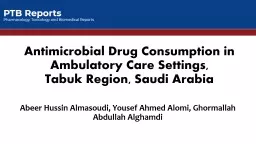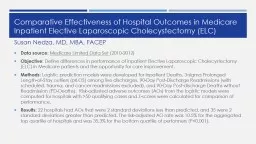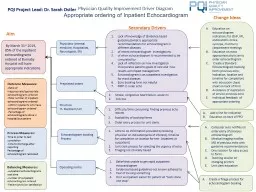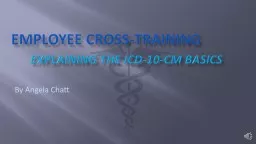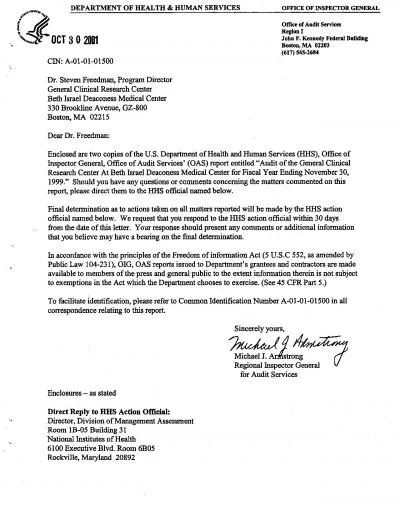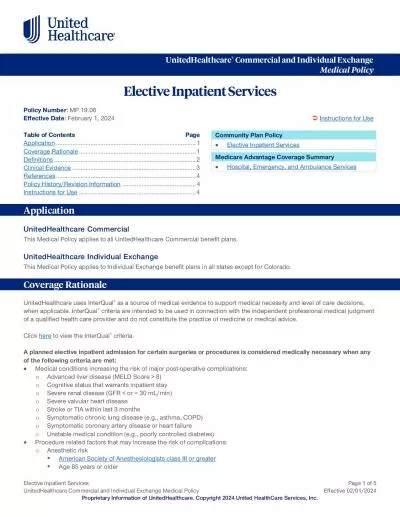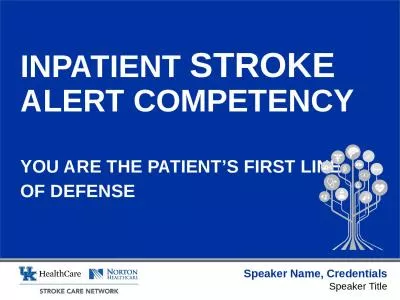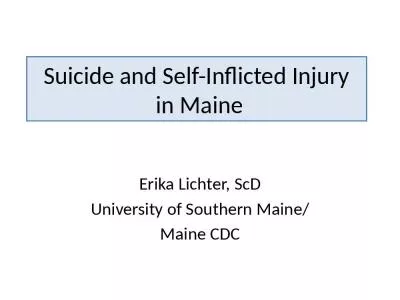PPT-Fall Prevention in Inpatient and Outpatient Units
Author : marina-yarberry | Published Date : 2016-06-10
Essential Hospitals Engagement Network November 19 2013 Our new Name Weve rebranded The National Association of Public Hospitals and Health Systems is now Americas
Presentation Embed Code
Download Presentation
Download Presentation The PPT/PDF document "Fall Prevention in Inpatient and Outpati..." is the property of its rightful owner. Permission is granted to download and print the materials on this website for personal, non-commercial use only, and to display it on your personal computer provided you do not modify the materials and that you retain all copyright notices contained in the materials. By downloading content from our website, you accept the terms of this agreement.
Fall Prevention in Inpatient and Outpatient Units: Transcript
Download Rules Of Document
"Fall Prevention in Inpatient and Outpatient Units"The content belongs to its owner. You may download and print it for personal use, without modification, and keep all copyright notices. By downloading, you agree to these terms.
Related Documents

